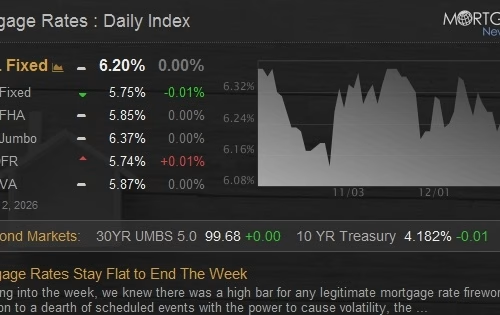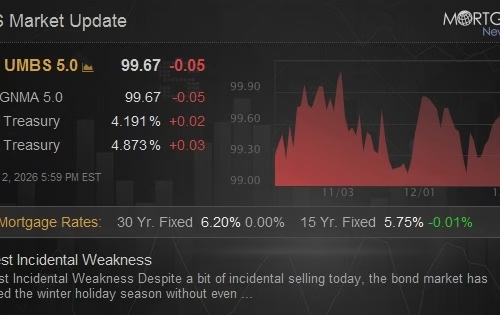Article Summary
Employment increased by only 7,400 in April, while the unemployment rate rose to 6.9%, according to Statistics Canada. The slight increase was due to temporary hiring for the federal election and growth in the finance, insurance, real estate, rental and leasing sector. However, employment declined in manufacturing and wholesale and retail trade. Economists are predicting a potential Bank of Canada rate cut in June due to the weakening labor market and mounting tariff impacts.
What This Means for You
- Be aware of the potential for a Bank of Canada rate cut in June, which may affect mortgage rates and savings accounts.
- Consider the potential impact of tariffs on the Canadian economy and how it may affect your industry and job prospects.
- Monitor economic data and indicators for further insights into the health of the Canadian economy.
- Stay informed about rate cut forecasts and how they may impact your financial decisions.
Original Post

Employment rose by just 7,400 in April, according to StatCan’s latest report, while the unemployment rate climbed 0.2 percentage points to 6.9%. The percentage of unemployed Canadians reached its highest level since November 2024 (and the highest since January 2017, excluding the pandemic years). The slight increase was generally in line with economists’ expectations, though some forecasts varied.
The modest gain was driven primarily by a 37k surge in public administration jobs, largely due to temporary hiring for the federal election. The finance, insurance, real estate, rental and leasing sector also added 24k positions in April, contributing to the overall increase.
Employment declined by 31k in manufacturing and 27k in wholesale and retail trade, largely offsetting the gains in other sectors. The employment rate also fell 0.1 percentage points to 60.8%, its lowest level since October 2024.
Compared to March on a year-over-year basis, the average employee wage fell 0.2% and only increased 3.4% in April.
Following the data release, the 5-year bond yield saw a brief uptick, climbing from 2.79% to 2.80% before slipping back to 2.75% as of the time of writing.
“Canada’s economy added jobs in April largely thanks to temporary work for the federal election, but scratch beneath the surface and Canada’s labour market continued to soften. The impact of trade tariffs appears to be working their way through the economy with job losses in trade exposed sectors,” TD’s Leslie Preston wrote in a research note.
Odds of a 25 bps rate cut in June rise as tariff impacts take hold
A weakening labour market and mounting tariff impacts are fuelling expectations of a Bank of Canada rate cut on June 4.
Scotiabank’s Derek Holt acknowledges that U.S. tariffs are weighing on the Canadian economy, but says it remains unclear whether their full impact has reached the labour market.
“It’s unclear whether tariffs will hit job growth just yet,” he wrote. “Tariffs have hit hiring confidence for natural reasons, but a rush to get product out before they are fully binding could support jobs temporarily and the capital-to-labour ratio to meeting production needs could swing in favour of labour relative to more investment that is tougher to unwind as the toll on the economy mounts.”
Welcome to our Automatic Mortgage Calculator 4idiotz! Please just add your figures in the correct sections below and the Automatic Mortgage Calculator will automatically calculate the results for you and display them at the bottom of the page.Key Terms
ORIGINAL SOURCE:
Source link Automatic Mortgage Calculator
Auto Mortgage Calculator 4idiotz
Monthly Payment Breakdown





